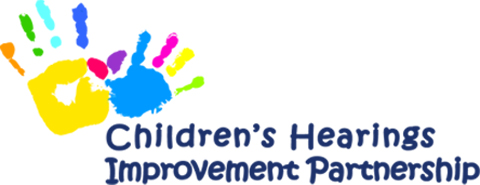Legislative Framework
The Children’s Hearings system is a key element of Scotland’s approach to children and young people. The Scottish Parliament reinforced the system’s standing and its key elements in the Children’s Hearings (Scotland) Act 2011, amended in part by the Children and Young People (Scotland) Act 2014. Some structural and procedural changes were introduced but the philosophy has remained the same since the system was introduced over 50 years ago.
That philosophy arose out of the Kilbrandon Committee’s report in 1964. The detailed report is available here. An overview produced for the 50th Anniversary is also available. The legislation which created the children’s hearings system was in 1968 and the system came into effect in April 1971.
The Kilbrandon Approach
Since then the Kilbrandon approach has run through all children’s hearings activities namely that:
- the welfare of the child is paramount. If compulsion is the only way to secure improvements the hearing (a form of tribunal) has the power to make that decision and require the child/ young person to be involved with public services and require the child/ young person to do certain things.
- the requirement is known as a Compulsory Supervision Order and may contain any measures that are appropriate to safeguard the welfare of the child/ young person. Public services are under an obligation to give effect to the CSO and ensure the measures are implemented.
- the child or young person is at the centre. It is “their” hearing where their voices should be heard and their views taken into account.
- the family’s influence and role is important and all those working with the child and family should do so in cooperation wherever possible, with parents being supported to improve the child’s circumstances.
- decisions must be reviewed within certain timescales – no later than a year but more frequently if necessary. And the compulsion should not last longer than necessary. Add in reference to minimum order principle?
- the rights of the child, young person, family and others with a significant role in the child or young person’s life (relevant persons) have to be respected. However, the decision to be taken by panel members in the children’s hearing is whether the welfare of the child/young person – which is their paramount concern – requires compulsory measures to be applied, and if so, what these measures should be.
- those taking the decisions are drawn from people who have volunteered from the community: they are trained and supported to take decisions. They are not professionals but have to assess professional advice and engage with and explain to the child and young person what should be done and, if appropriate, what must be required by law.
The wider reach
In effect, the philosophy resonates with the approach on the United Nations Charter of the Rights of the Child (UNCRC) which was adopted by the UN in 1989 and is referenced by UK courts in considering the European Convention on Human Rights where children and young people are concerned.
The key elements are also now applied to all services in Scotland– children’s and adult services where their work with parents impacts on children and young people. These are set out in the duties in the Children and Young People (Scotland) Act 2014 which are being brought into effect by August 2016. These provisions also place reporting requirements on public bodies on how rights under the UNCRC are being promoted.
